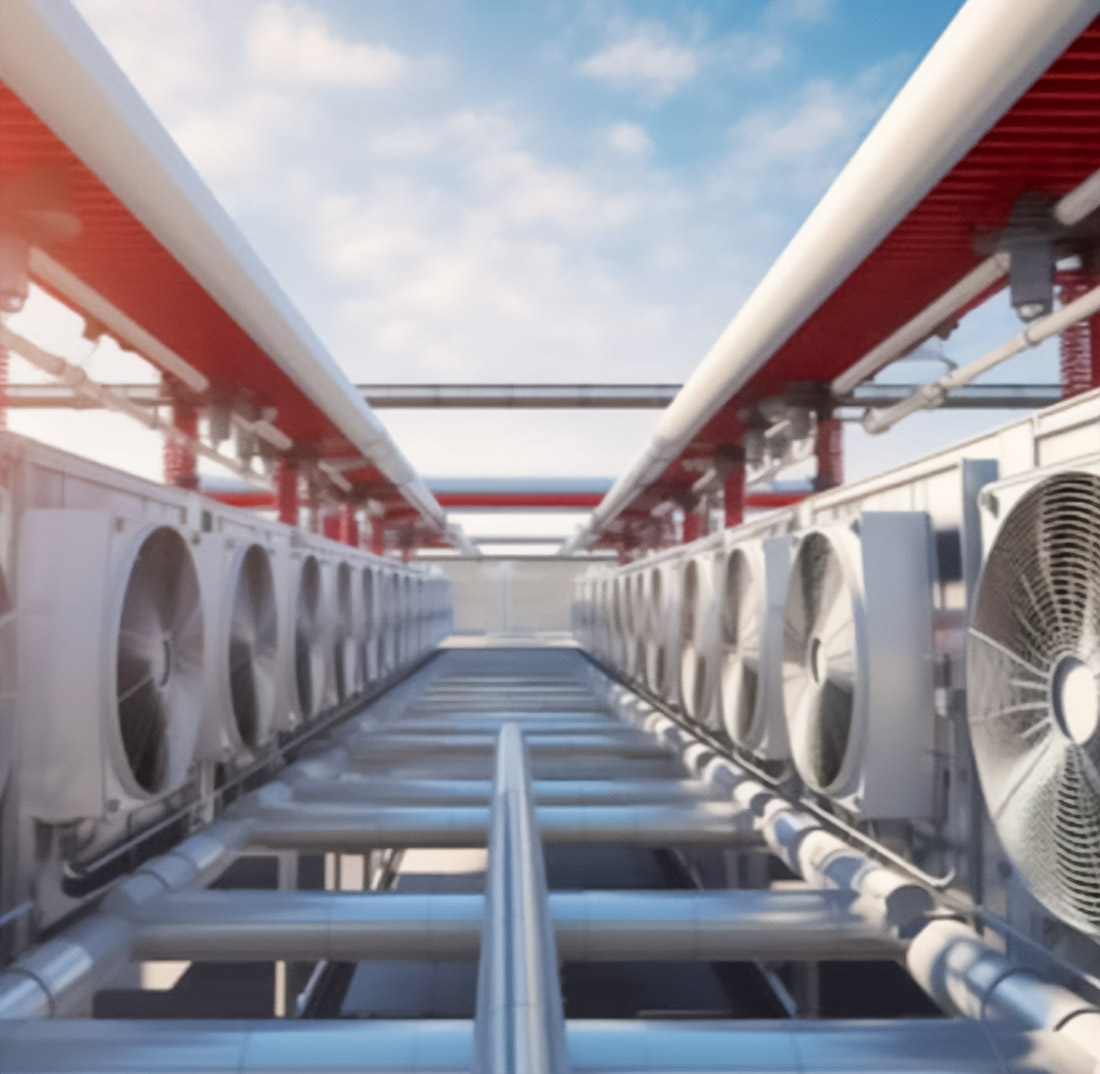Zones with negative pressure in systems HVAC became a vital component of safety in biomedical laboratories, striving to control contaminants and provide a reliable environment for scientific research. The secret of their operation lies in the creation of low pressure in a specific zone compared to the surrounding rooms. As a result, it forms a powerful barrier that prevents the escape of contaminated air from this zone. This only enhances protection against hazardous agents and increases biosecurity, especially in laboratories working with aggressive pathogens and toxic chemicals. Learn more about HVAC solutions provider and their role in these systems.
Intriguing Science: How Work Zones with Negative Pressure
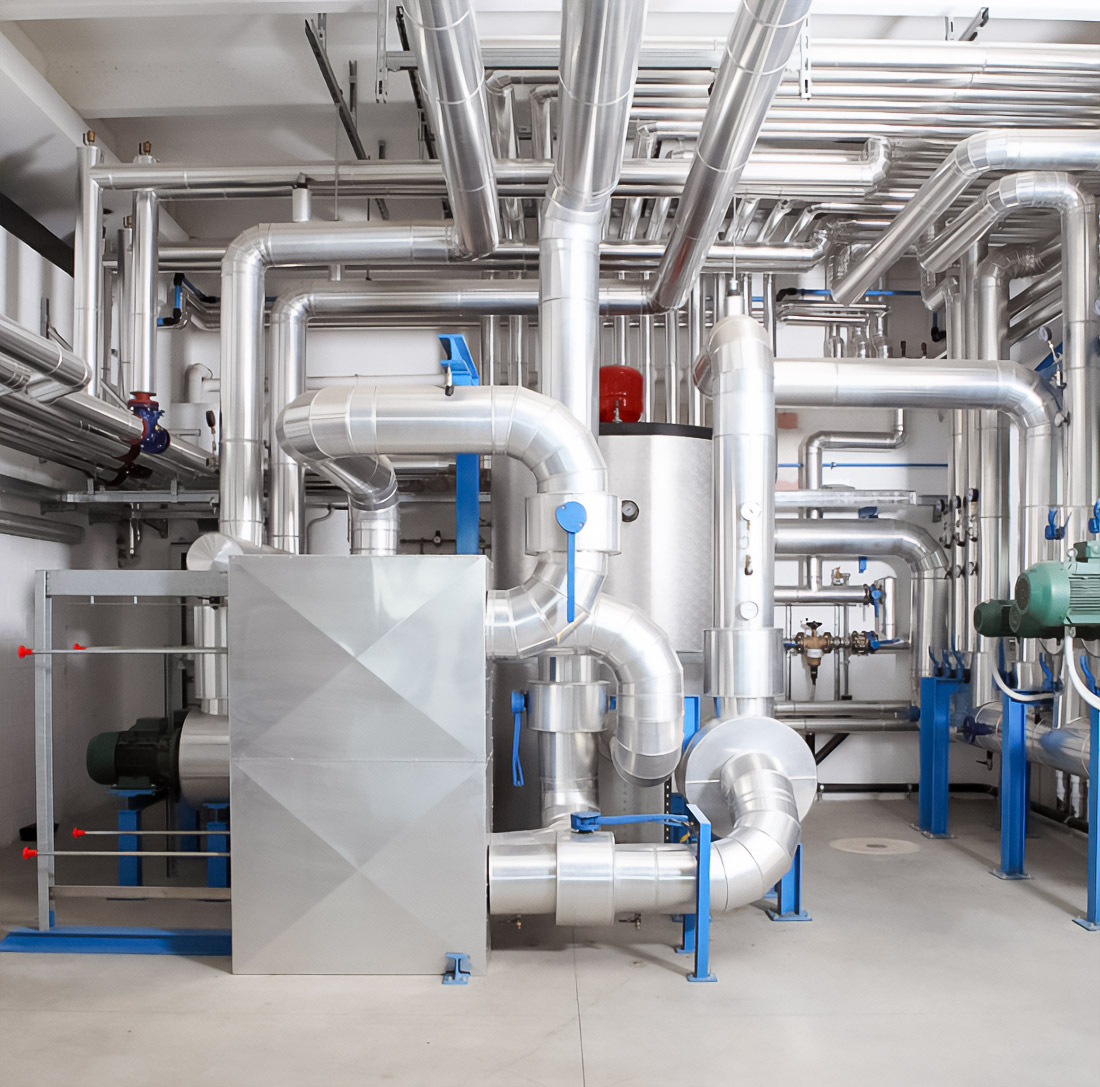
Greatest significance zones with negative pressure are acquired in fields studying infectious diseases, virology, microbiology, and toxicology. For example, laboratory categories BSL-3 and BSL-4 are obliged to apply such zones due to their work with pathogens, which can cause serious diseases. Particularly hazardous agents, such as the Ebola virus, require reliable barriers for the safety of laboratory personnel and the prevention of the spread of diseases.
Territories Biomedical Hazard: Where Safety Stands at First Place
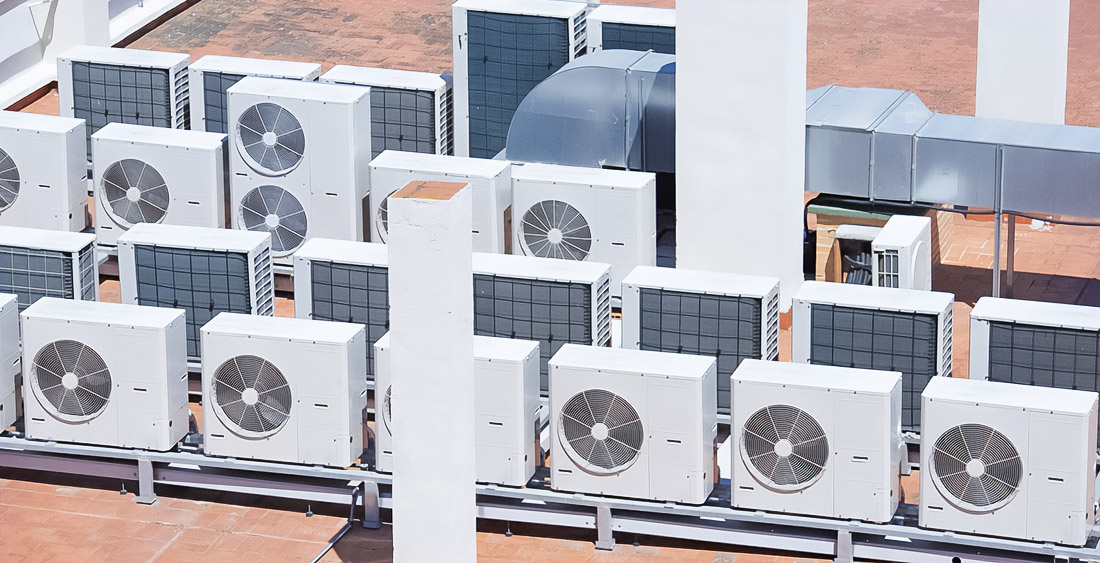
Design and implementation zones with negative pressure require deep knowledge in engineering systems, ventilation, and air conditioning. Most important elements include:
- Precise determination of volume air flows for stable pressure.
- Selection and adjustment filters HEPA for purified air.
- Develop airtight spaces, preventing air leakage.
- Installation sensors for monitoring pressure, ensuring a necessary difference between zones.
Also important to provide emergency and backup options, to ensure uninterrupted operation even in case of technical malfunctions. Learn more about systems air conditioning and their application.
Mastery Engineering: Complex Systems Air Exchange
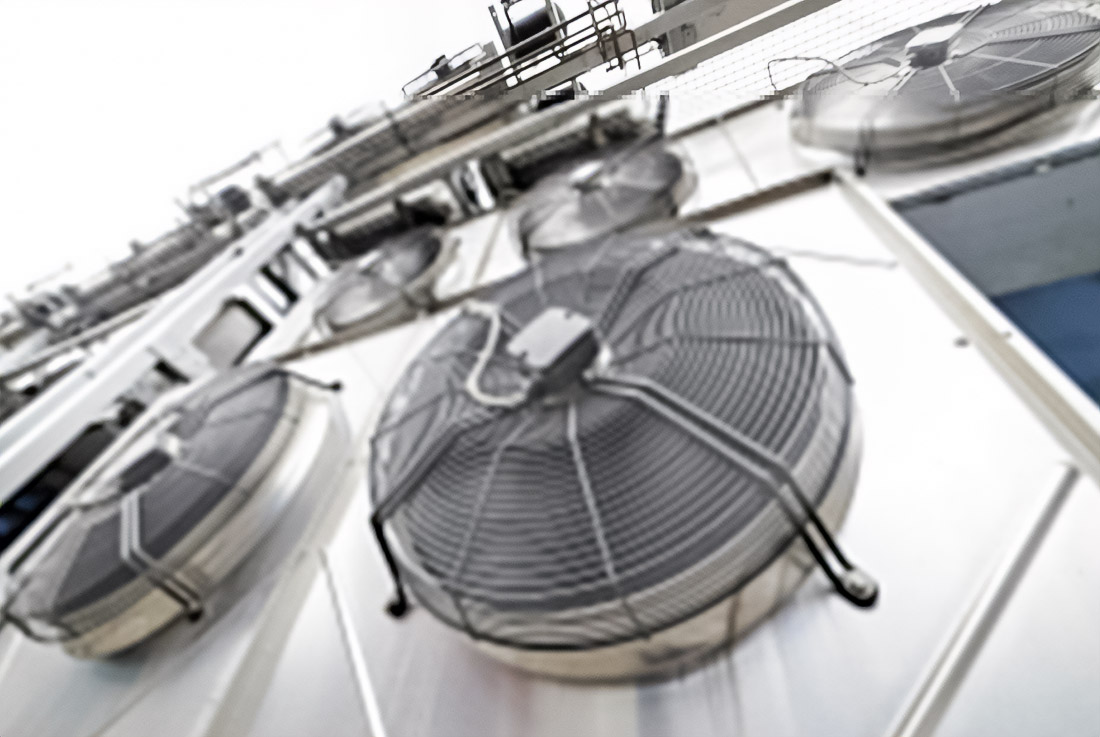
Zones with negative pressure stand on the protection of laboratory personnel and provide a reliable ecosystem for research. Main advantages of these systems:
- Effective retention of contaminants and prevention of their spread.
- Protection samples from cross-contamination improve the quality of scientific results.
- Increase confidence in employees in their safety and working environment.
Advantages for Laboratory Ecosystem
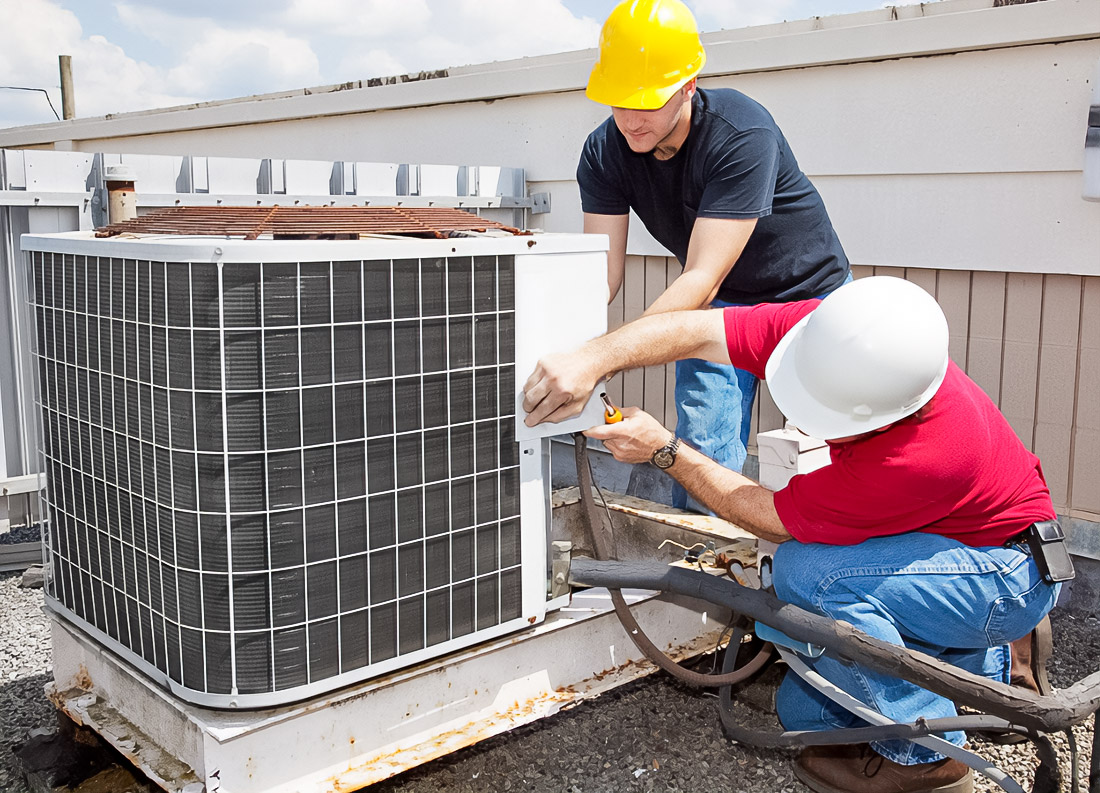
Implementation zones with negative pressure — process not easy, associated with:
- High financial costs for designing and implementing complex systems.
- Regular necessity in technical maintenance and timely calibration of equipment.
- Necessity strict compliance with international and national standards, such as ASHRAE and CDC.
Learn more about levels biosafety and their application in laboratories.
Complexities Implementation: Financial and Technical Sides
One excellent example of successful implementation zones with negative pressure is the Centers for Disease Control and Prevention (CDC) in Atlanta. Here, we applied advanced technologies in HVAC to ensure safety in work with highly hazardous pathogens, such as Ebola and SARS-CoV-2. Their experience demonstrates the importance of effective integration of monitoring systems and backup power in laboratory infrastructure.
History Success: Example CDC in Atlanta
For ensuring maximum effectiveness, zones with negative pressure are critically important for compliance, regulatory, and technical standards. This implies:
- Subordination of international and national requirements, such as ASHRAE, OSHA, and CDC.
- Regular inspections and audits for identification and elimination of potential weak spots.
- Maintain highest standards of safety and productivity in laboratory conditions.
Zones with negative pressure continue to remain cornerstone safety in biomedical laboratories, protecting researchers and the results of their work.
Hiking addict, ramen eater, fender owner, Saul Bass fan and javascripter. Acting at the fulcrum of beauty and computer science to give life to your brand. My opinions belong to nobody but myself. Tropical swift lover.
